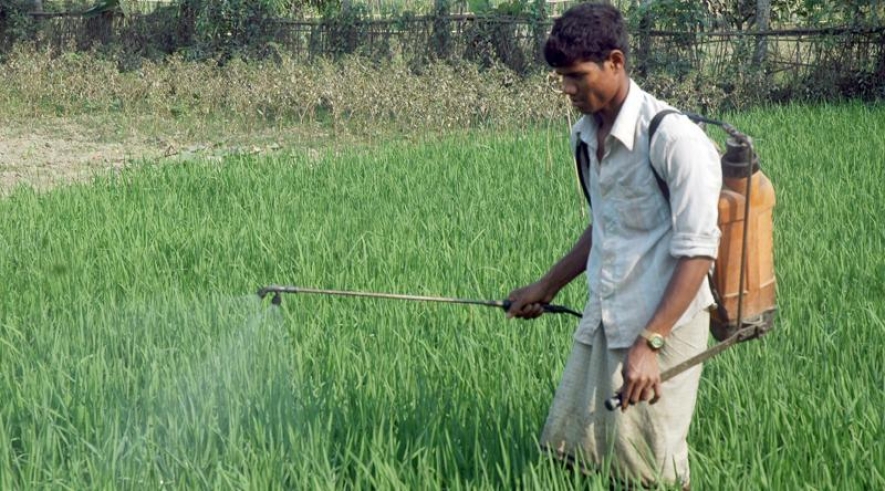Presenting the bank’s monetary policy stance last week the Governor of the Central Bank Dr. Indrajith Coomaraswamy said the bank is optimistic that economic growth will be better in the second half of the year backed by a good Yala harvest and improvement in the agricultural sector.
“The Central Bank decided to maintain key policy rates at the current levels as the inflation outlook is well anchored and inflation pressure is well within manageable levels,” Dr. Coomaraswamy said. The bank left its Standing Lending Facility Rate (SLFR) at 8.50 percent and Standing Deposit Facility Rate (SDFR) at 7.25 percent.
Inflation moderated to a certain extent in June but recorded an uptick in July recording 5.4 percent. It is expected that inflation would be high in August and then ease again towards the end of the year. Inflation is expected to remain at mid single digit level by the end of the year.The gross official reserve level according to the Central Bank is presently at US$ 8.4 billion. External reserves shot up to US$ 10 billion this year when international sovereign bonds came in.
“I am confident that ending the year foreign reserves will be around US$ 10 billion sufficient to meet about five months imports.We will have about US$ 1.5 billion in reserves with about US$ 1 billion from the syndicated loan, about US$ 250 million from a tranche from the IMF and around US$ 250 million from the panda bond from China added to the total reserves this year,” the governor said.
However, economic growth according to the governor will not go beyond four percent this year which is much below the 5.5 percent potential growth rate projected by the Central Bank at a previous monetary policy review media briefing.“To be realistic it is very unlikely that growth will be more than four percent this year. So there is an output gap considering the potential growth rate,” the governor said.
Economic growth slowed to a 16 year low of 3.3 percent last year. The Central Bank projected growth to be between 4 - 4.5 percent this year. However, the bank now sees growth to be four percent or even lower than that this yearThe Central Bank underscored the importance of addressing the deteriorating trade account of which vehicle imports account for nearly half the total. Vehicle imports during the first five months this year account for around US$ 350 million. The total deterioration in the trade account during this period is around US$ 750 million.
“We need to make sure the deterioration in the trade account is addressed so that the vulnerable segments in the country will not be affected,” the governor said.With regard to the recent and continuous increase in vehicle taxes journalists questioned wouldn’t an administrative correction be better rather than go for a fiscal correction with hiking taxes for vehicle imports.
The governor said the hike in the import duty will result in less vehicle imports which in turn would help ease traffic congestion and have a cleaner environment in the cities.“There will be improvements in public transportation from 2020 with the operation of the light rail transit system and the overall improvements to the railway system.”
However, the bank noted that the recent measures taken to address the pressure on gold and vehicle imports have helped ease pressure on the balance of payment. Growth in exports outpaced import expenditure in May thereby containing the trade deficit this year.“Easing monetary policy is not a solution to spur growth. It would put pressure on the exchange rate resulting the rupee to weaken against other currencies.
The Sri Lankan rupee depreciated by 4.3 percent so far during the year. However the rupee had depreciated at a lower rate compared to the level of deprecation in the currencies of many regional economies.The currencies in Asia have been weakening on the back of a strong broad-based US dollar rally. The Chinese yuan slipped three percent in June alone and the Philippine peso tumbled by 6.5 percent this year.



















